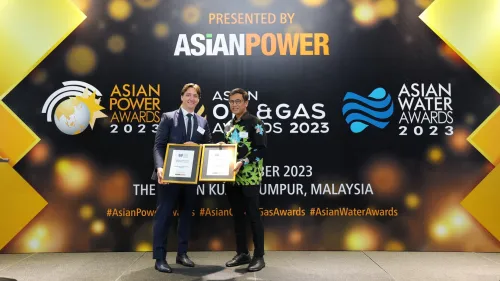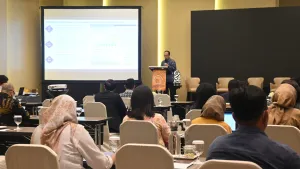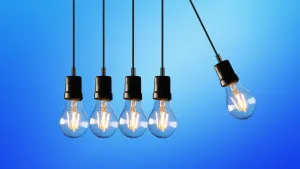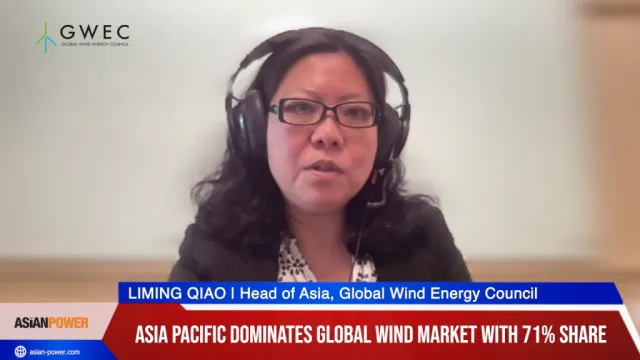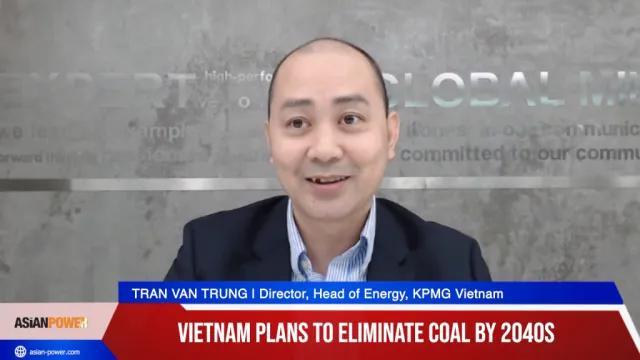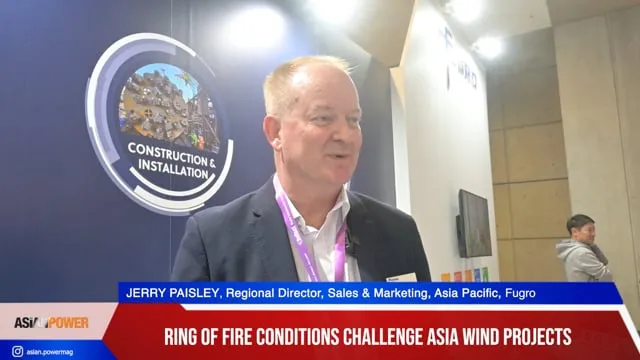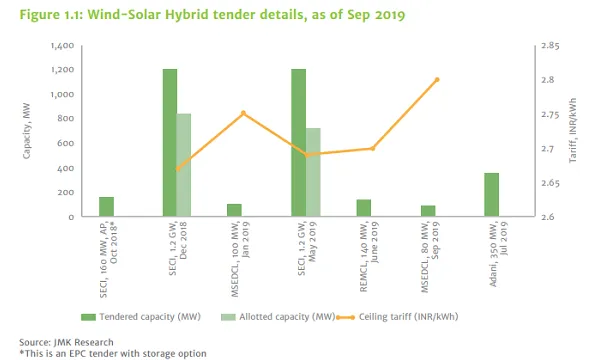
India struggles with tepid response to wind-solar hybrid model
Of the 1.6GW allotted capacity from tenders, 35% is undersubscribed.
The wind-solar hybrid model is struggling to take off in India. Of the 3.2GW of wind-solar hybrid tenders issued by central and state agencies, auctions for 2.4GW of tenders have materialised and only 1.6GW is allotted, with 35% under subscription.
Because of tepid response from the industry, Solar Energy Corporation of India (SECI) has scaled down the capacity of one of the tenders from 2.5 GW to 1.2 GW. Two other wind-solar hybrid tenders got cancelled: NTPC’s 174 MW tender in Karnataka issued in October 2018 and another 600 MW tender in Andhra Pradesh with storage.
According to an analysis by JMK Research & Analytics, the low ceiling tariffs of 3.8 cents (INR 2.7) per unit set by SECI as well as the technical challenges to integrating both wind and solar with the grid on the DC side.
Also read: India’s wind sector slows down no thanks to falling tariffs
“As per the MNRE policy, till the time the DC metering framework is not in place, only AC integration is permitted. This reduces the cost benefits associated with DC integration in terms of utilisation of balance of system (BOS),” said Jyoti Gulia, co-author of the report.
The tenders also have a minimum capacity utilization factor (CUF) of 38% which means most of the capacity has to be wind-based. However, installing new wind capacities is a challenge in itself as most of the good high wind potential sites with grid access are already saturated, Gulia said. “For the same reasons, even the last three wind auctions were nearly 60% under-subscribed.”
JMK Research proposed to utilise a wind-solar hybrid model along with battery storage. “At present, an optimal combination of solar, wind, and storage can provide stable round-the-clock power at a price of 8.4-9.8 cents (INR 6-7) per unit. With falling prices of solar modules as well as lithium-ion batteries, this cost is expected to go down further substantially, making storage a financially attractive and feasible option,” Gulia added.
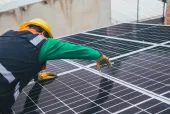

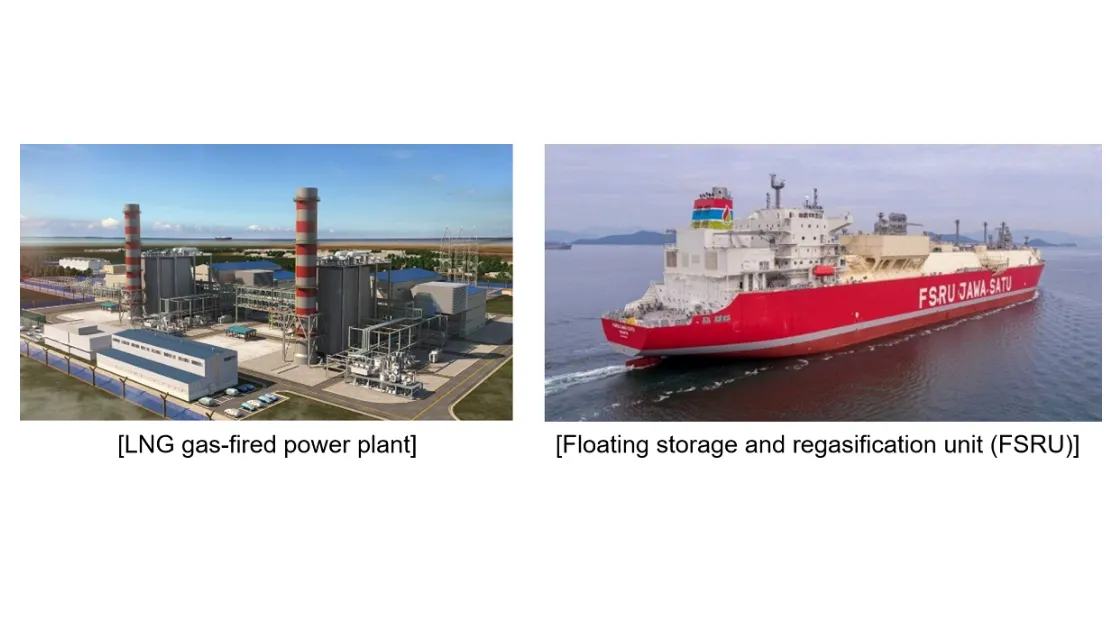
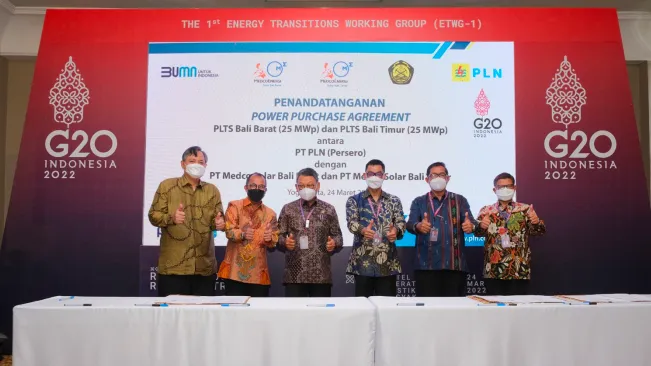
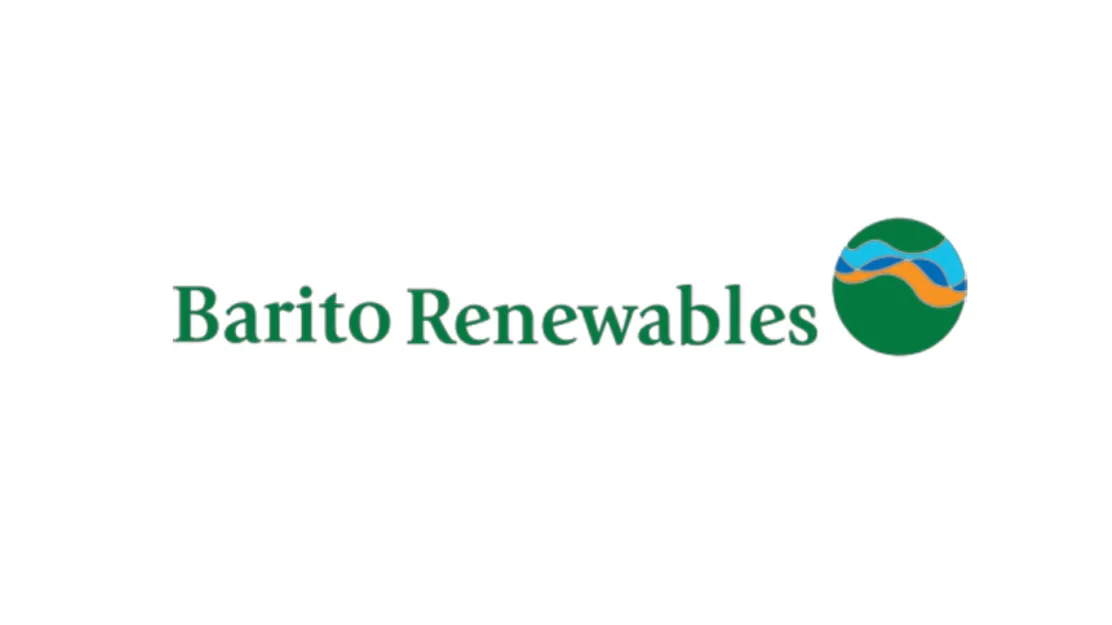

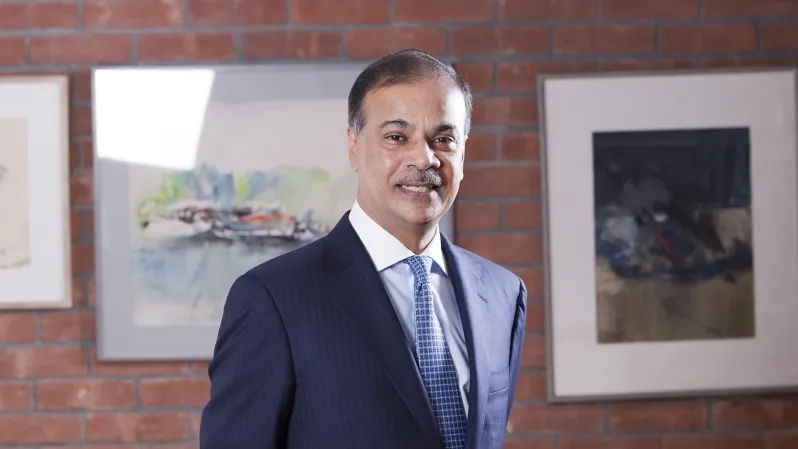


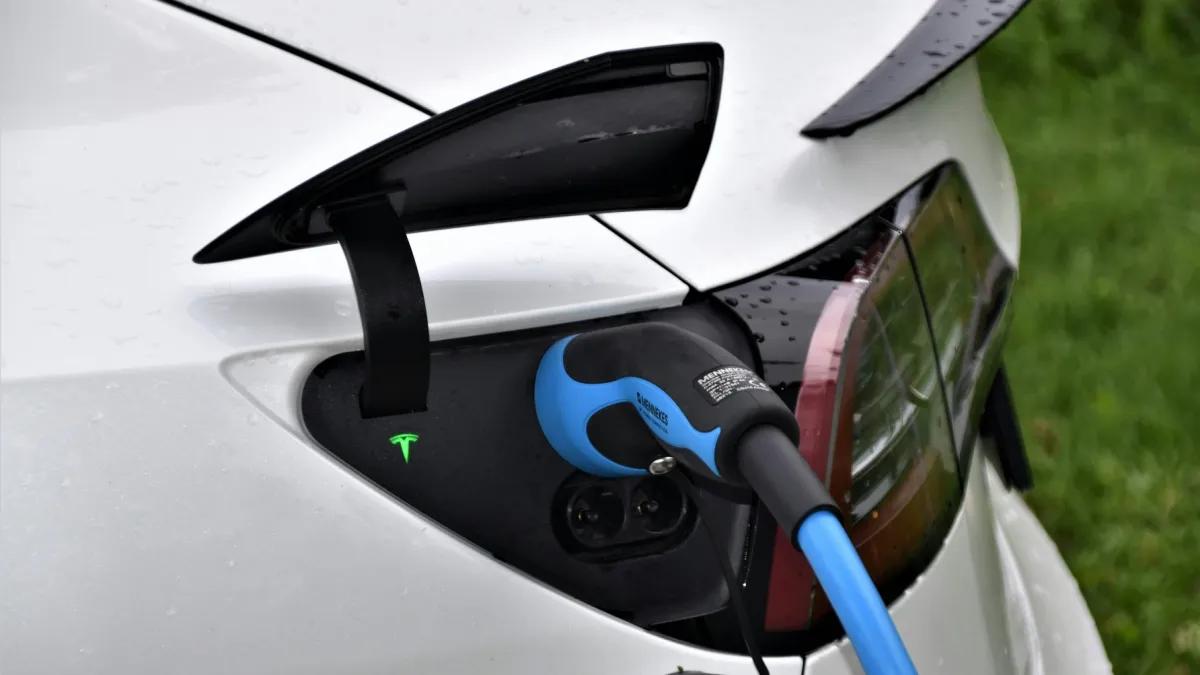



 Advertise
Advertise
